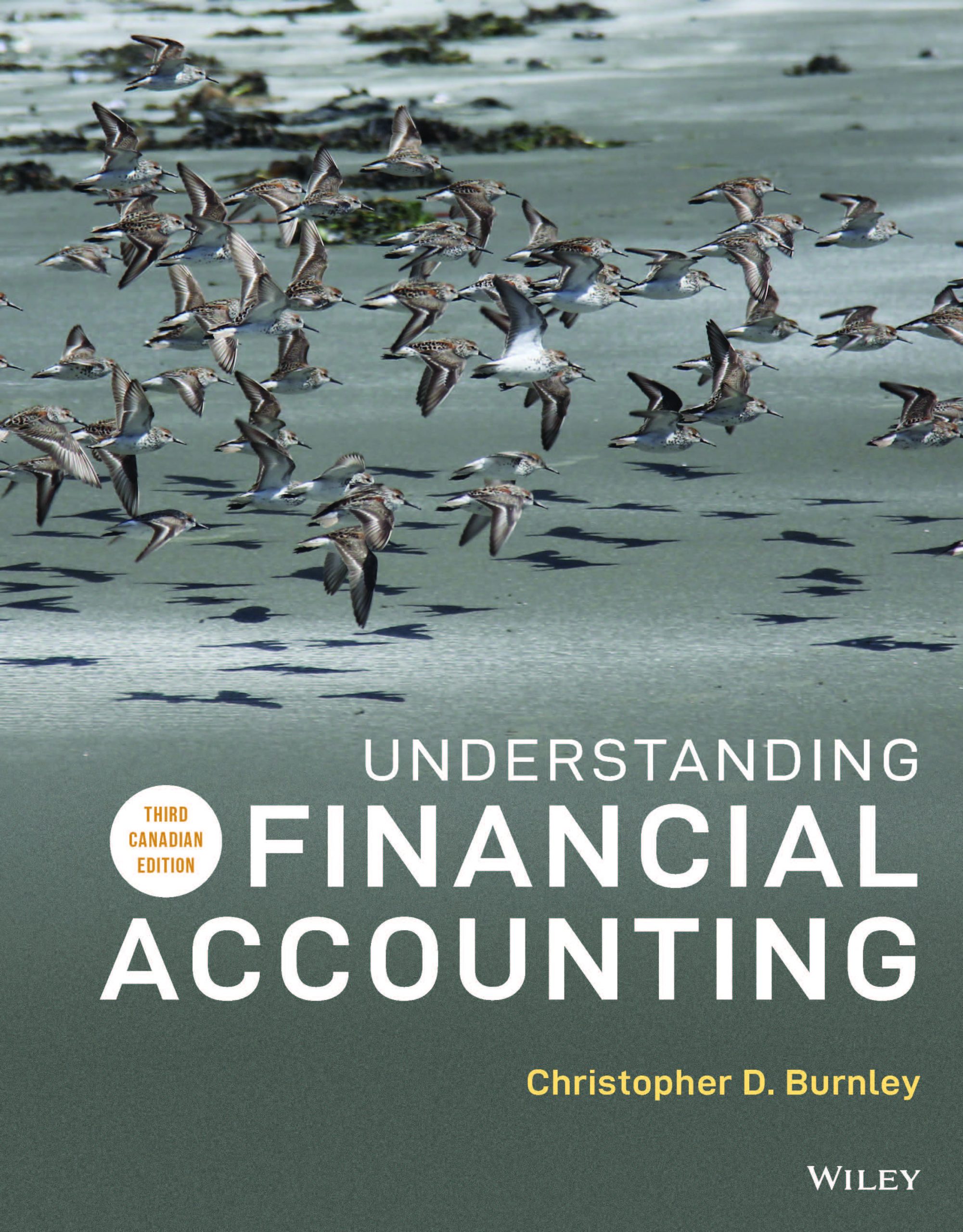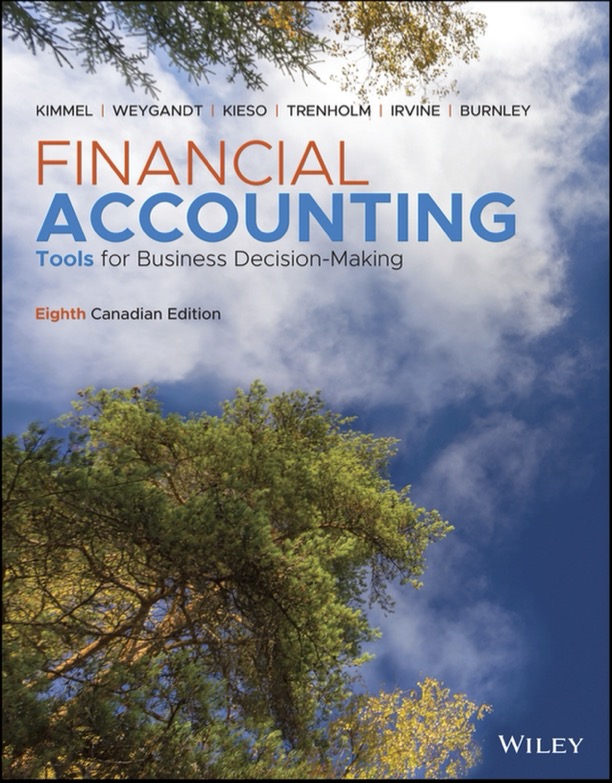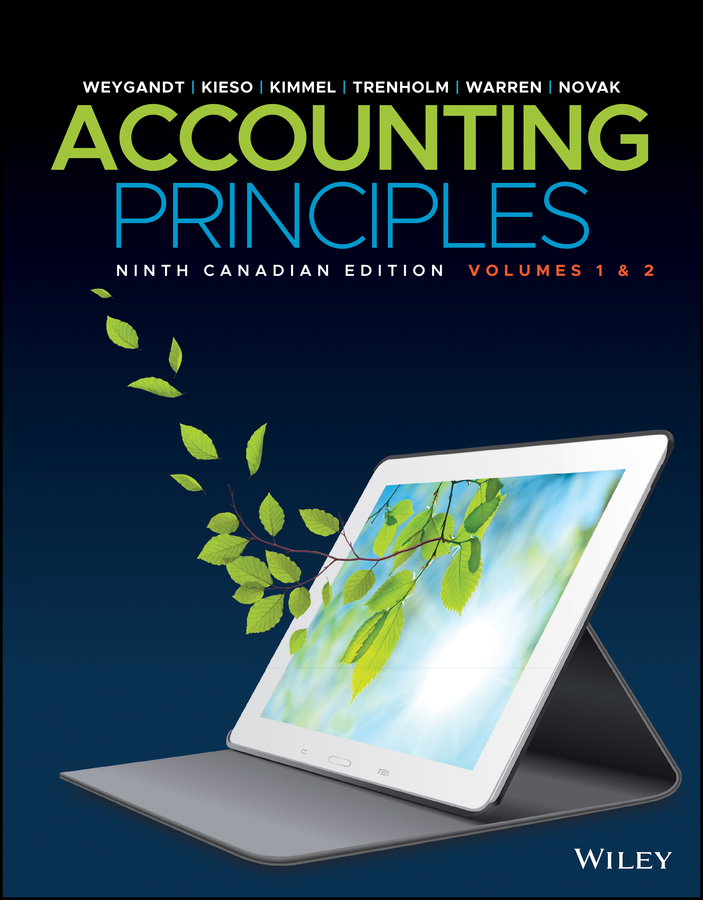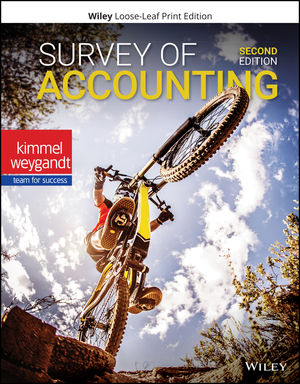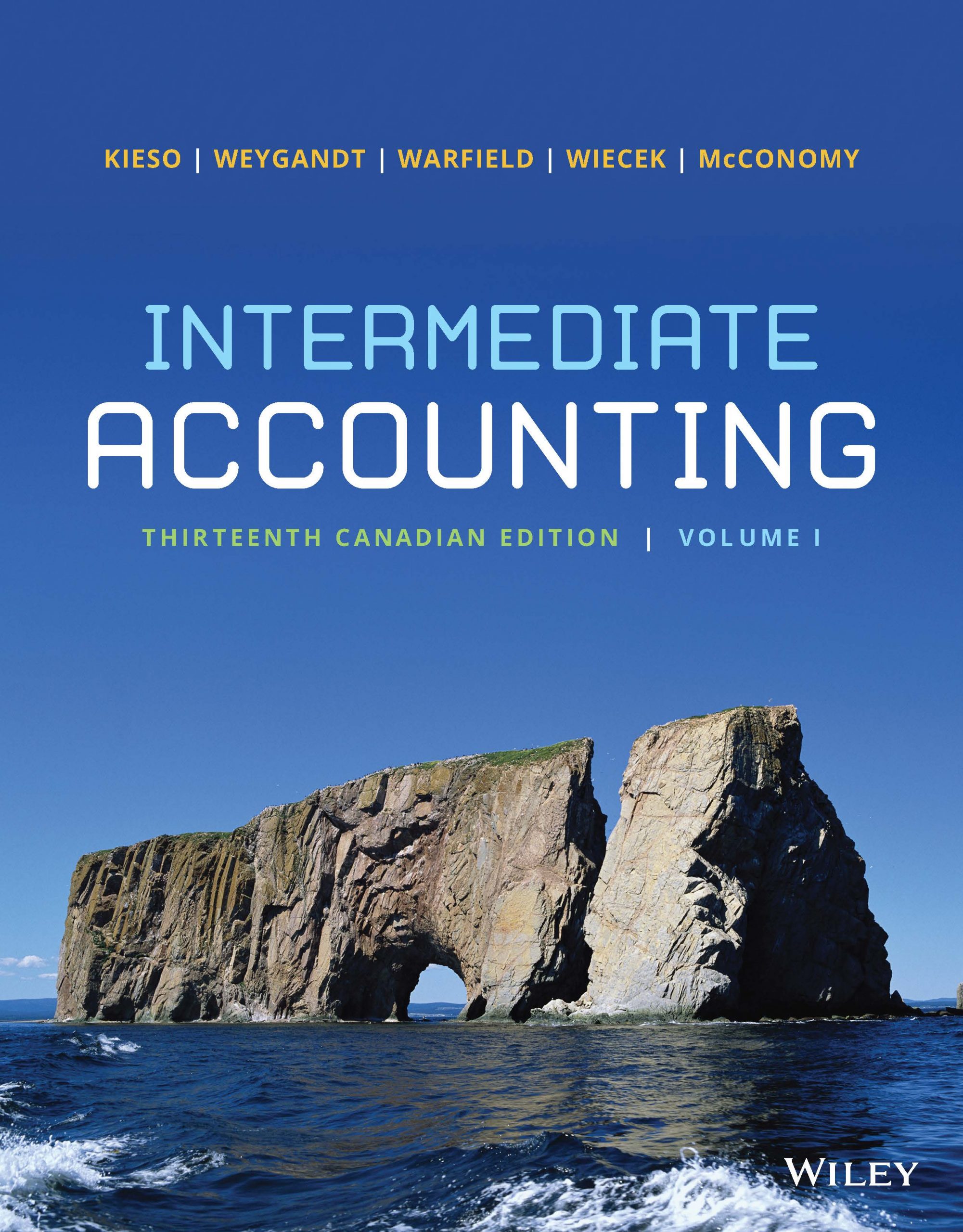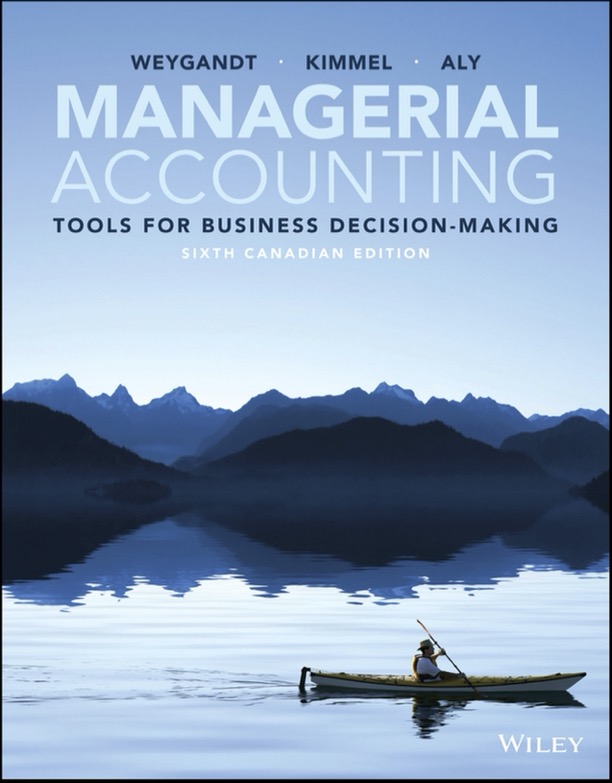When the IASB and FASB began the convergence process in 2002, they considered R & D as a high-priority project, where differences between US GAAP and IFRS were seen as particularly straightforward. However, as this article notes, still no consensus has been reached because IASB’s R&D treatment appears to defeat comparability in the eyes of the FASB.
Questions:
1. The author refers to SFAS 2 as support for R & D reporting under U.S. GAAP. What is SFAS 2?
2. What are the capitalization criteria from IAS 9 that became part of IAS 38 to distinguish research costs from development costs?
3. Briefly summarize the article’s presentation of why FASB ruled in the 1970’s that all R&D expenditures must go straight to the income statement.
Source:
Selling, Tom (2010). Failed Convergence of R & D Accounting: Only Politicians and Opportunists Would Have Downplayed the Implications, The Accounting Onion, June 5 (Retrievable online at http://accountingonion.typepad.com/theaccountingonion/2010/06/failed-convergence-of-rd-accounting-only-politicians-and-opportunists-would-have-downplayed-the-implications.html)

